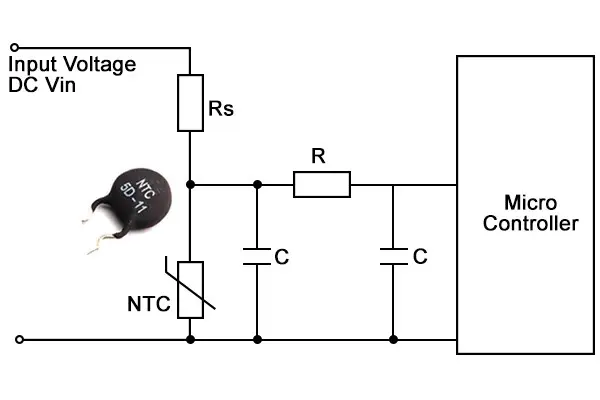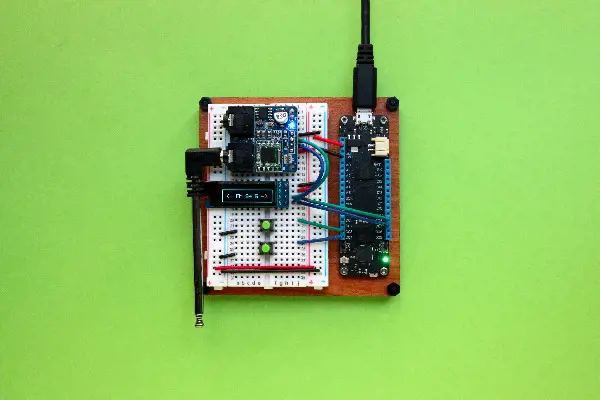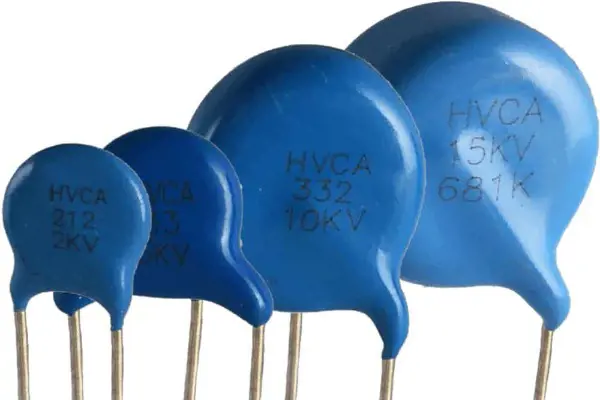Different Parts of Optical Crystal Triode
 Published: Apr 27, 2023
Published: Apr 27, 2023
Contents
Optical Crystal Triode
Optical crystal triode is composed of dual auroral electric transistor, optical field effect phototransistor and its related devices.
Light is absorbed in the active region of these devices, generating photogenerated carriers that produce photocurrent gain through an internal electrical amplification mechanism. Phototransistors work at three ends, so they are easy to realize electric control or electric synchronization.
Construction of Optical Crystal Triode

Bipolar Phototransistors
Bipolar type phototransistors are structurally divided into homogeneous and heterogeneous types. The figure shows the energy band diagram of heterojunction phototransistor. Light is absorbed in the base-collector region and the resulting holes (multiplets) accumulate in the base-region, causing the emitter junction to inject more electrons to maintain electrical neutrality and generate gain. Compared with the homogeneous junction type, it has the following advantages: (1) the use of broadband emission region as the optical window greatly improves the quantum efficiency. For short wavelengths (shorter than 0.9 µm), GaAs-GaAlAs systems are commonly used, while for long wavelengths (longer than 1.1 µm), InP-InGaAsP systems are used. For the latter, backside illumination can also be used. These systems are based on direct energy gap semiconductor, high light absorption, so it can be made thinner, greatly reducing the base area transition time.
Bipolar phototransistor usually has high gain, but the speed is not too fast, for GaAs-GaAlAs, β can be greater than 1000, the response time is greater than nanoseconds (depending on the size of the gain varies). The gain bandwidth product GB is limited by the emitter and collector charging time constants at low current and weak illumination; while at high current or strong illumination, it is basically determined by the base region crossing time and collector crossing time. Generally (Figure 1), fT is the transistor cut-off frequency. The GaAs-GaAlAs phototransistor response time is 250 picoseconds or less.
The noise of heterojunction phototransistor is determined by the operating current, which is lower at low current. However, the emitter time constant increases at low current operation, and the space charge region complex flow dominates the component, which also causes the gain reduction (β is proportional to, Ie,n≈2). In order to reduce the space charge region complex flow, molecular beam epitaxy can be used to grow a broadband base region of about 300Å at one end of the emitter junction and form part of the space charge region in the base region, which is the "double base region" structure.
Heterojunction phototransistors are used in photodetectors, and their performance is not inferior to that of PIN photodiodes and field-effect compound systems, and they can also be used for optical amplification.
Field Effect Transistor (FET)
Field Effect Transistor (FET) is abbreviated as Field Effect Transistor. There are two main types: junction FET (Junction FET-JFET) and metal-oxide semiconductor FET (MOS-FET). Conducted by a majority of carriers, it is also called a unipolar transistor. It is a voltage-controlled semiconductor device. With the advantages of high input resistance (107 to 1015Ω), low noise, low power consumption, large dynamic range, easy integration, no secondary breakdown phenomenon, and wide safe working area, it has become a strong competitor of bipolar transistors and power transistors.
Field effect tube (FET) is a semiconductor device that uses the electric field effect of the control input circuit to control the output circuit current, and is named as such.
It is also known as a unipolar transistor because it conducts only by the majority of carriers in the semiconductor.
Optical Field-Effect Transistors and Related Optoelectronic Devices
GaAs MESFETs can be used as very high-speed photodetectors (GaAs op FETs) with response times of 50 picoseconds or less and gains greater than 10 (depending on operating conditions). The disadvantage is that the photosensitive area is small.
GaAs op FET and its related N-channel optoelectronic devices have optical gain mechanism:
① photoheterodyne mechanism, the gain is equal to the ratio of electron velocity to hole velocity.
② transfer electron effect mechanism, the gain comes from the space charge amplification of photogenerated carriers in the negative mobility region. Related to this there are many other planar optoelectronic devices, which are characterized by fast speed (response time tens of picoseconds), suitable for integration.
 Popular Industry Focus
Popular Industry Focus
Hot Products
-
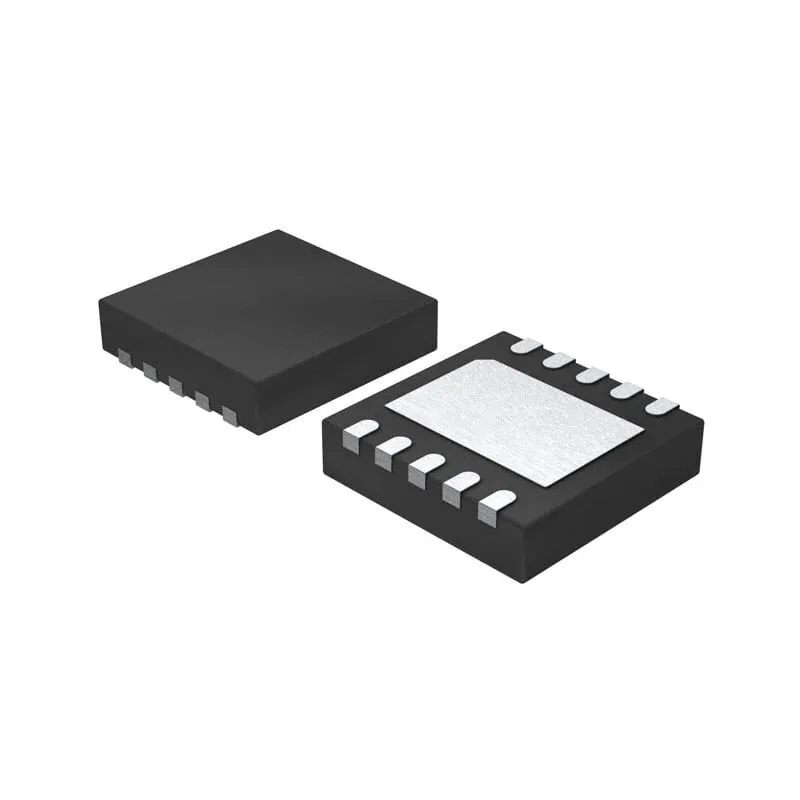
MAX2670GTB/V+
Analog Devices, Inc
RF Front End 1575MHz GPS/GNSS 10-TDFN (3x3)
-
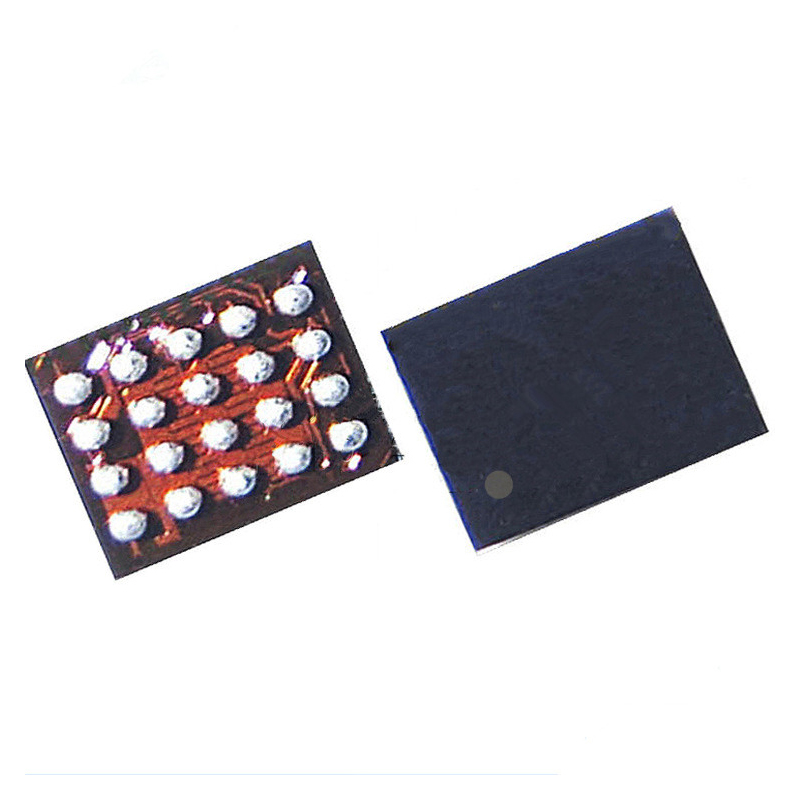
ADP5076ACBZ-R7
Analog Devices, Inc
2 A/1.2 A DC-to-DC Switching Regulator with Independent Positive and Negative Outputs
-
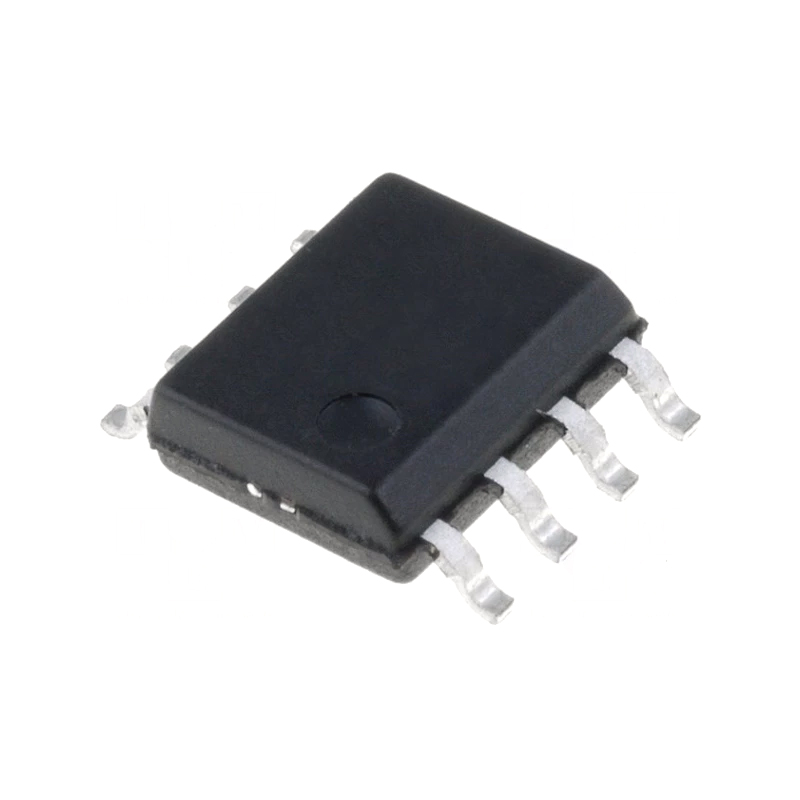
MAX5020ESA+
Analog Devices, Inc
Flyback Regulator Positive, Isolation Capable Output Step-Up/Step-Down DC-DC Controller IC 8-SOIC
-
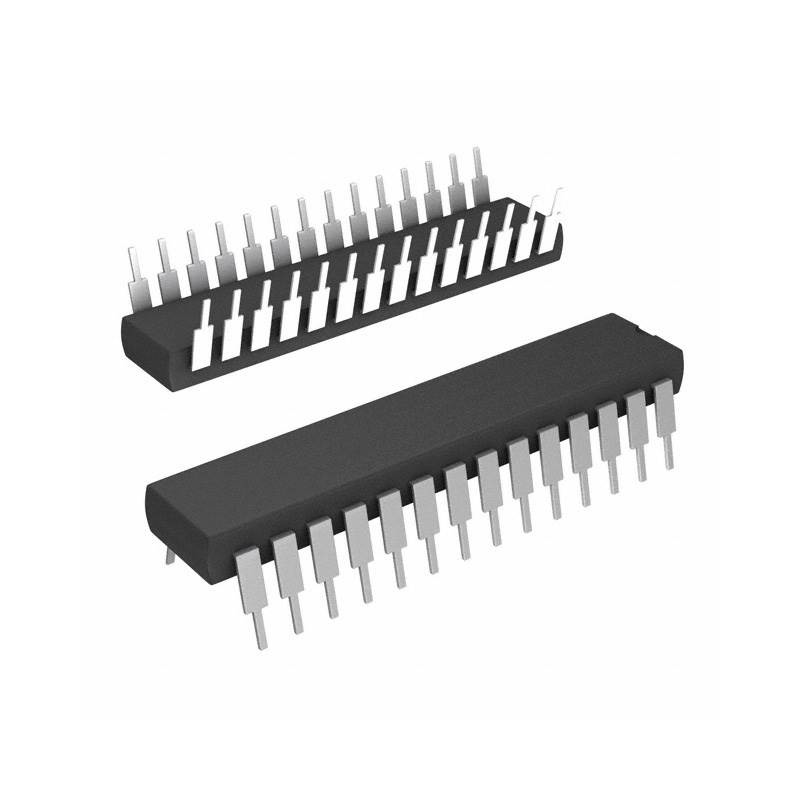
ADV476KN50E
Analog Devices, Inc
6 Bit Digital to Analog Converter 3 28-PDIP
-
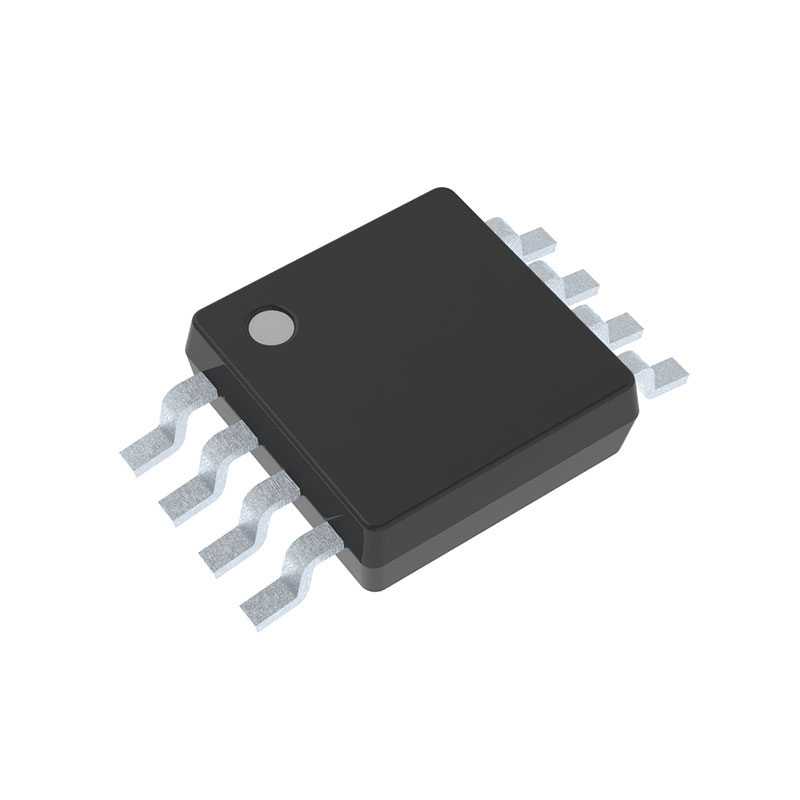
LTC4414EMS8#TR
Analog Devices, Inc
OR Controller P-channel Single 8-Pin MSOP T/R
-

LTC4415EDHC#TRPBF
Analog Devices
The LTC4415EDHC#TRPBF is a reliable OR controller featuring a single channel design and a low on-resistance of 0
Related Parts
-
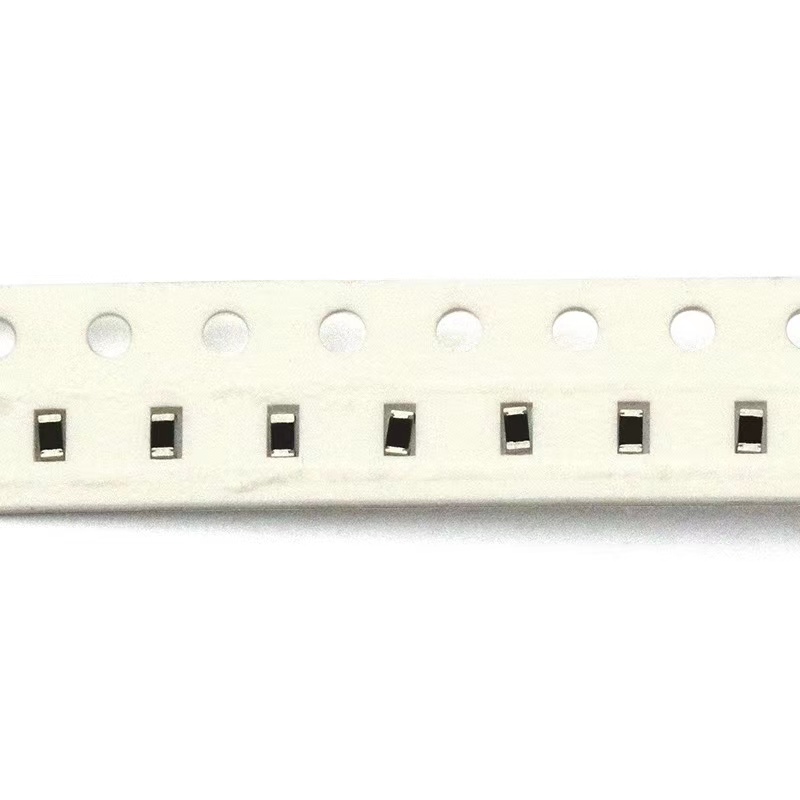
MABA-007871-CT1A40
MACOM Technology Solutions
Audio Transformers / Signal Transformers 5-3000MHz Imp. 1:1 50 & 75 ohm
-
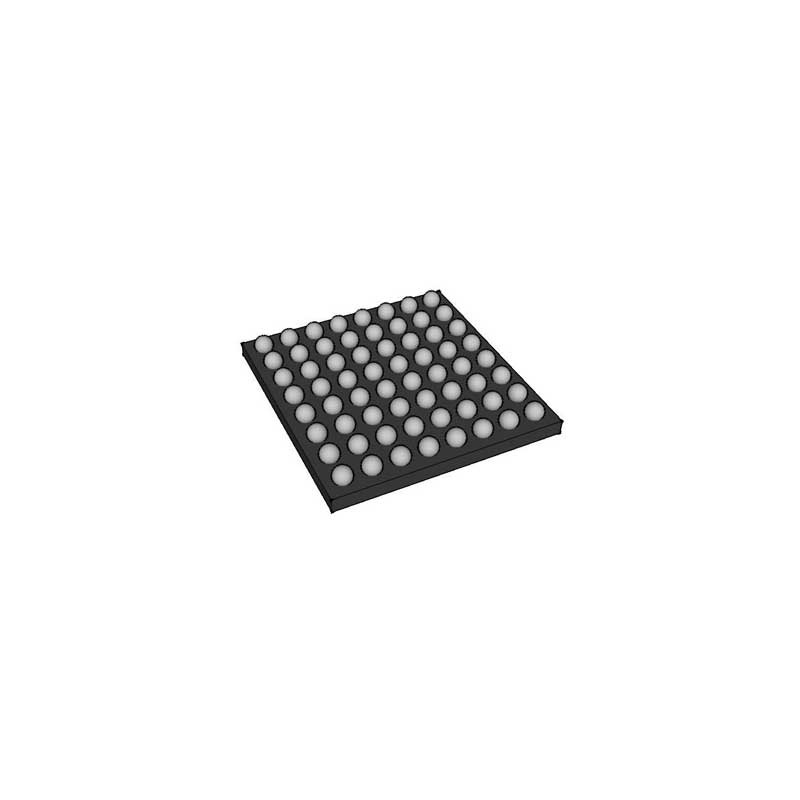
MAPD-011040
MACOM Technology Solutions
Signal Conditioning 2 way Power Divider
-

SEPS-2-33+
Mini-Circuits
Signal Conditioning PWR SPLTR CMBD / SM / RoHS
-

TCN1-152-75+
Mini-Circuits
Signal Conditioning RF XFMR / SURF MOUNT / RoHS
-
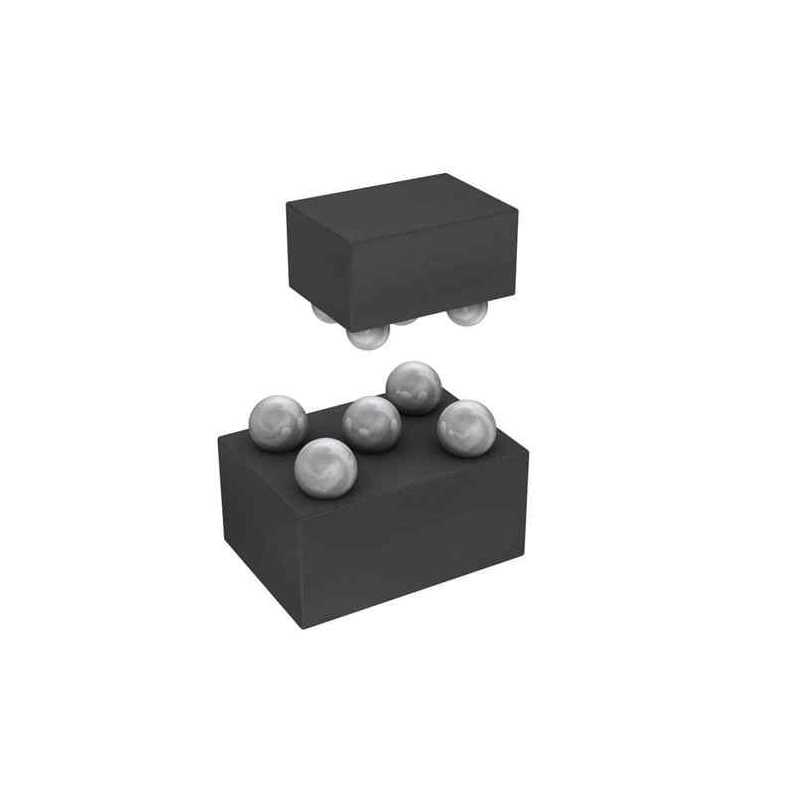
BAL-NRF01D3
STMicroelectronics, Inc
50Ω nominal input / conjugate match balun to nRF24LE1 & nRF51822-QFAA, with integrated harmonic filter
-

SKYFR-001398
Skyworks Solutions, Inc
Signal Conditioning ISOLATOR, ROBUST LEAD
-

ADP-2-1W+
Mini-Circuits
Signal Conditioning PWR SPLTR CMBD / SURF MT/ RoHS
-

DPX202690DT-4060A1
TDK Corporation of America
RF Diplexer 0805 (2012 Metric), 6 PC Pad
-

ADQ-32+
Mini-Circuits
Signal Conditioning PWR SPLTR CMBD / SURF MT/ RoHS
-

#458PT-1566=P3
Murata Manufacturing Co, Ltd
Impedance Primary Ohms Impedance Secondary Ohms Audio Transformer Surface Mount
-

BD2130J5050AHF
TTM Technologies Inc
RF Balun 2.1GHz ~ 3GHz 50 / 50Ohm 0805 (2012 Metric)
-

DPX165950DT-8118A1
TDK Corporation of America
RF Diplexer Single 2400MHz to 2500MHz/4900MHz to 5950MHz 4-Pin Chip T/R
-

PD2425J5050S2HF
TTM Technologies Inc
Signal Conditioning 2.4-2.5GHz IL .4dB Mini Wilkinson PD
-

B39941B8516P810
Qualcomm (RF360 - A Qualcomm & TDK Joint Venture)
Signal Conditioning
-

HMC187AMS8
Analog Devices, Inc
Signal Conditioning Passive Freq. Doubler, 0.85 - 2.0 GHz

 Update Time: Apr 28, 2023 Consumer Electronics
Update Time: Apr 28, 2023 Consumer Electronics